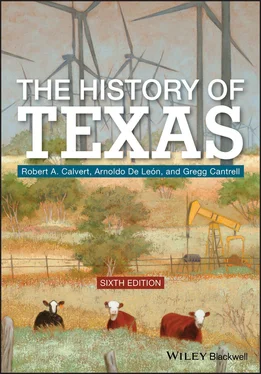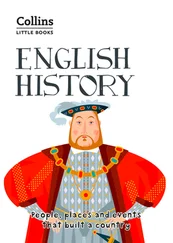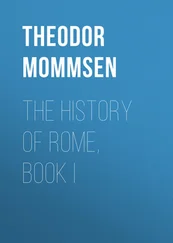Test Bank
PowerPoint presentations
Student Guide
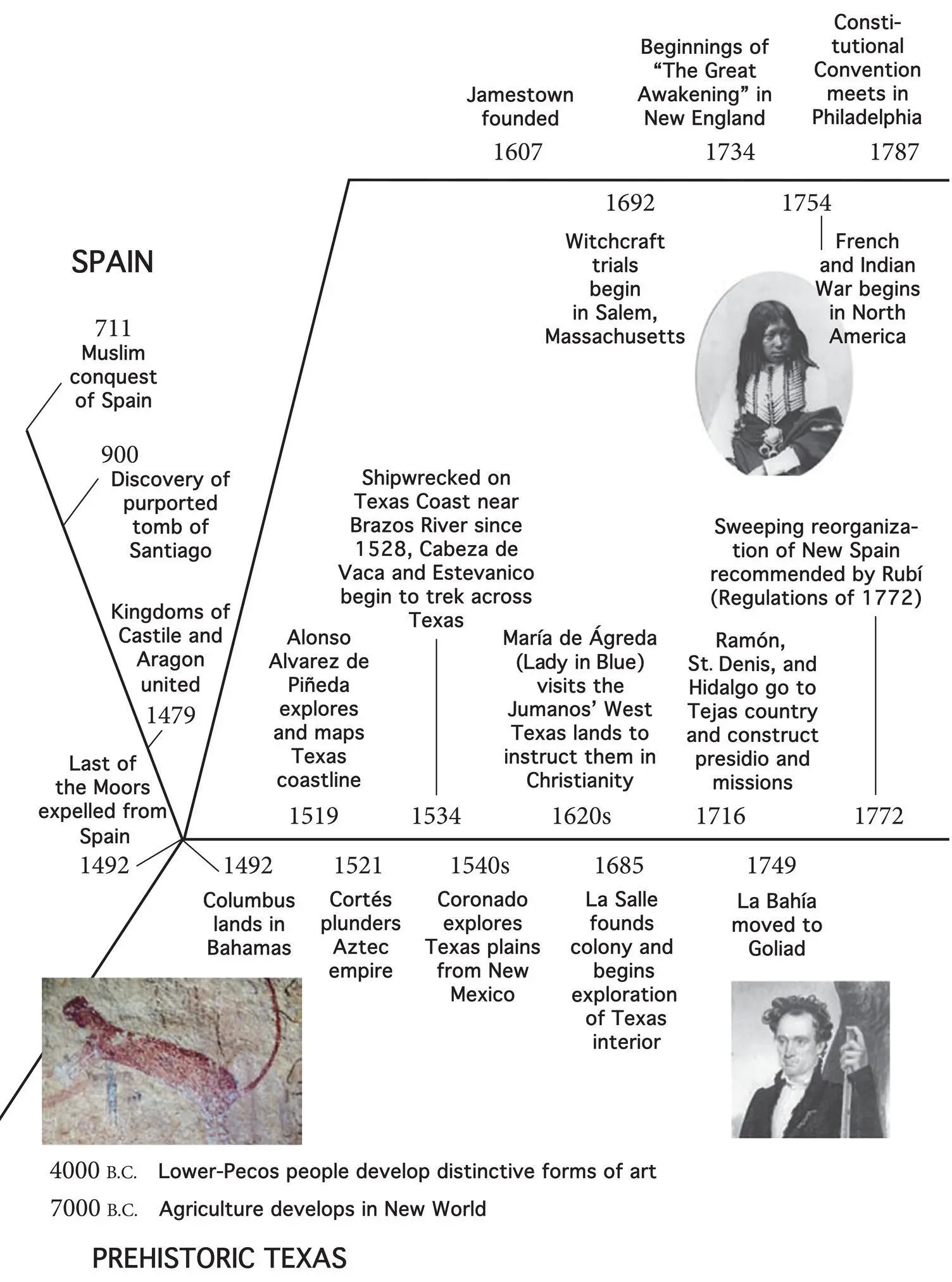

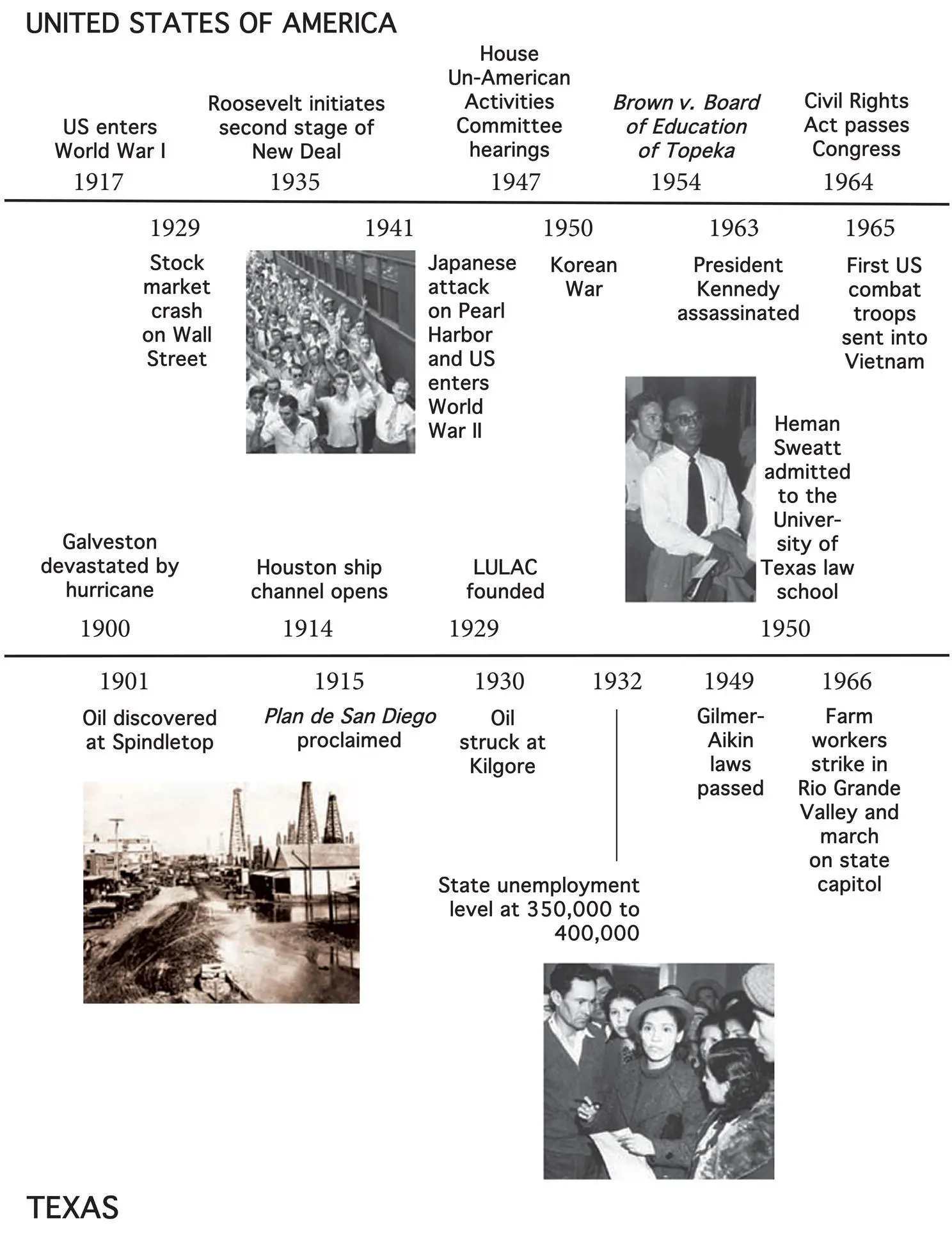
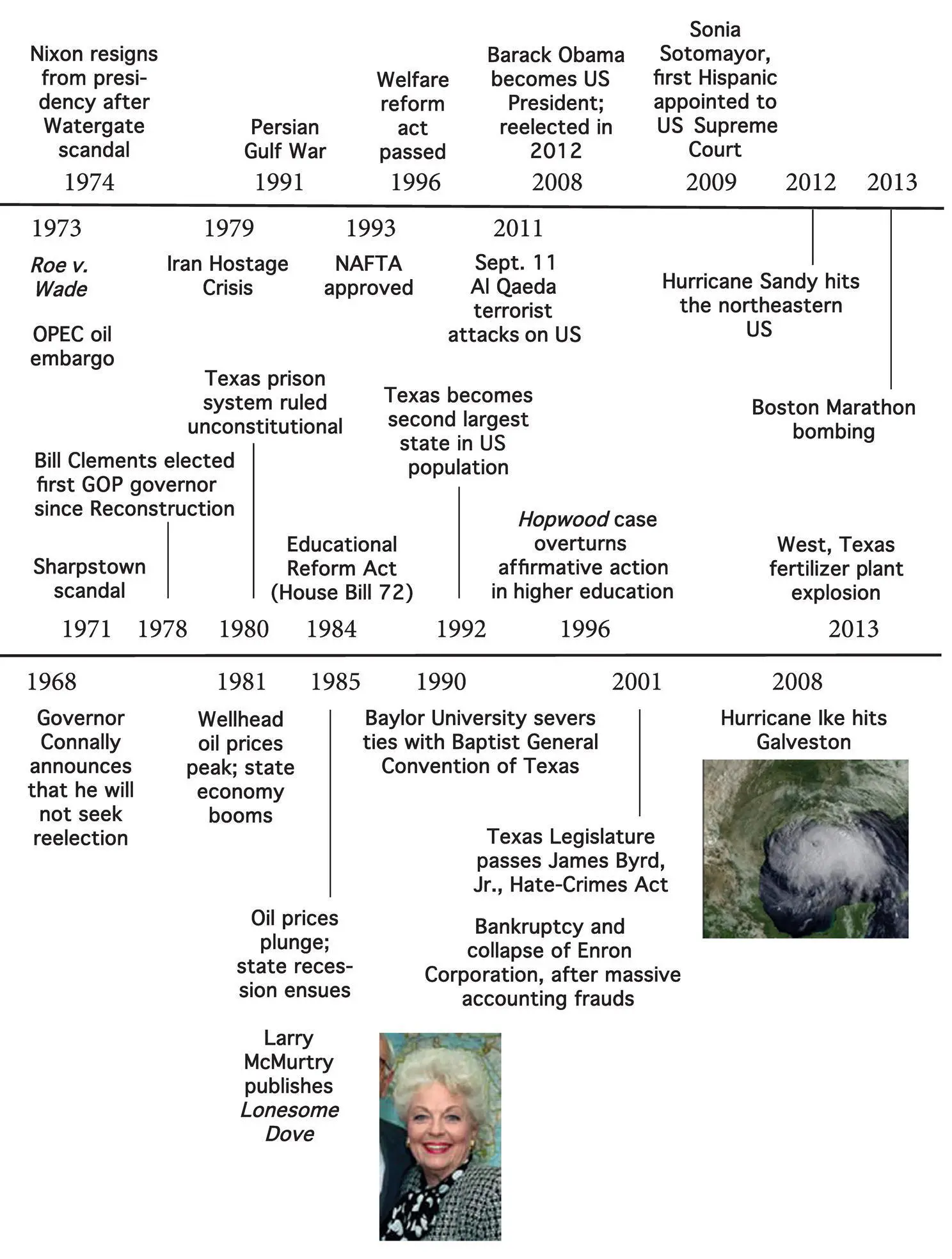
1 Contact of Civilizations, 1521–1721
The story of Texas begins many thousands of years before the birth of Christ. Between 12,000 and 40,000 years ago nomads from Asia trekked from present‐day Siberia to present‐day Alaska, entering North America in a series of distinct migrations. As they hunted for edible plants and animals, the nomads crossed broad fields of ice that spanned the Bering Strait during this long period of intermittent low sea levels. Even after the Bering Sea finally reclaimed this bridge of ice, other Asians managed to navigate the waters of the strait to arrive in the new continent. More such migrations followed but ultimately ceased, cutting off the early voyagers from humankind elsewhere on Earth.
Scientists now agree that American Indians descended from a relatively small number of parent migrants who contributed to the “founding” gene base. Once the ancestors of the American Indians were cut off from other Asians, natural selection and genetic mutation produced distinctive physical types.
Through the ages, these ancient nomads dispersed throughout the vast lands of North and South America. As bands struck out in different directions in search of fresh sources of game and vegetation, different cultural and linguistic patterns appeared. These cultural patterns further evolved over time as New World peoples began to develop agriculture, around 7000 BC. Once prehistoric societies learned to till the soil and harvest plants, human beings began to exercise some control over nature and develop strong ties to the land. Family units eventually formed into complex social and political organizations. Religious figures emerged as leaders or spiritual advisers, and gender roles became more clearly defined. As each group adapted in order to survive in its local environment, distinctive customs and practices developed, as evidenced by the different types of housing, decoration, clothing, and tools used by the people of particular regions.
The Diversity of New World Cultures
Various groups and cultures spread throughout all regions of the New World. Although historians disagree over population estimates, most concur that more people lived in what we now know as Latin America than remained in North America. At the time of Columbus’s voyage in 1492, roughly twelve million people lived north of the line dividing present‐day Mexico and the United States; between this boundary and the Isthmus of Panama lived an estimated thirty‐five million people; finally, some sixty million people inhabited the continent of South America and the Caribbean Islands.
Of the pre‐Columbian civilizations, that of the Maya has generally been considered the most intellectually advanced. Situated in what are today the Yucatán Peninsula and Guatemala, the Maya, during the height of their civilization (about AD 300 to AD 900), made brilliant advances. For example, the Mayas’ discovery of the zero cipher, well before Arab mathematicians introduced the concept to Europe in the thirteenth century, helped them make significant achievements in architecture, astronomy, and calendrics. Speculation lingers as to why the Mayan civilization declined. A deadly disease may have spread throughout the population, natural catastrophes may have produced food shortages, or a social revolution to undermine the ruling class may have hastened their demise.
Another major civilization thrived for a time at Anáhuac (Valley of México), this of the Toltecs, who raised a mighty empire at Tula until drought and famine forced them to desert their capital city. In 1215, new barbarians named the Méxica, but more commonly known as Aztecs, arrived from unknown parts in the north and built upon the collapsed Toltec empire by establishing themselves in Tenochtitlán, today’s Mexico City. One of the cleanest and most populous cities in the world at the time of its “discovery” by explorers from the Old World, Tenochtitlán contained pyramids, royal palaces, and other large structures; homes for the several social classes; canals crafted from stone that served as waterways for canoes, botanical gardens, and zoos; and causeways connecting the island city to the mainland. Although the Aztecs had a warlike disposition and a penchant for human sacrifice, they abided by strict codes of morality, esteemed education, adhered to an honest and efficient system of legal and political administration, and excelled in various branches of the arts.
In South America, another civilization flourished at the time of the European conquest of the Western Hemisphere. Embracing an area extending from today’s Ecuador to Chile, the Inca civilization had its headquarters in Cuzco, in present‐day Peru, and ruled through a remarkably efficient system of civil administration. A road system superior to any in Europe at the time enabled government officials to carry out their responsibilities, laborers to travel throughout the empire to maintain public works, and soldiers to move quickly in order to protect the realm and suppress rebellions. Unsurpassed by other Native American civilizations in architectural skills, the Incas designed and built structures that flexed with the tremors of earthquakes, resuming their original forms after each jolt. The Incas also possessed advanced scientific skills. Amazingly, archaeological findings point to their apparent success in performing brain surgery.
The Indian tribes that inhabited the North American continent generally developed less sophisticated civilizations. The Northeast Woodlands Indians, found from the Ohio Valley to the Atlantic Ocean and southward to Chesapeake Bay, lived in loghouse villages or in wigwams, and survived by farming corn, squash, and beans near their homes, or by hunting deer and wild fowl and fishing from canoes. Among the most famous of the Woodlands tribes was the Iroquois, who despite their renown as warriors organized the famous League of the Iroquois. The League, considered the most effective Indian alliance north of the Aztec Empire, succeeded in ending the chronic bloody conflicts among its member tribes.
South of the Woodlands tribes, stretching from the Atlantic Coast to the Mississippi Valley and even into East Texas, lived a culture group that maintained ties to moundbuilding societies of a past age. These were the Choctaws, Seminoles, Chickasaws, Creeks, and Cherokees–later referred to by Anglo Americans as the “Five Civilized Tribes” because they adopted European American ways. The most famous of the descendants of the mound builders were the Natchez. At the time of the European exploration of the area, trappings of the classic Natchez era remained evident in villages along the lower Mississippi River. These villages surrounded temple mounds and ceremonial council houses, the identifying traits of the ancient mound builders.
A third advanced culture group that flourished at the time of Europeans’ arrival in the Western Hemisphere was located roughly from what is now West Texas to Arizona, and north as far as southern Colorado. Here the Hopi and Zuñi created a distinctive cultural heritage ( Figure 1.1). These tribes, who belonged to a group that Spaniards referred to collectively as Pueblos, resided in planned towns consisting of stacked, apartment‐type complexes, sometimes two or more stories high. For defensive purposes, the Pueblos built their adobe villages into rock walls or upon steep mesas and structured them so as to oversee the spacious streets and squares below. In the fifteenth century, the Pueblos cultivated corn and other crops, developed irrigation canals, used cotton to make clothing, and lived much in the same manner as did the European peasant of the same period.
Читать дальше
